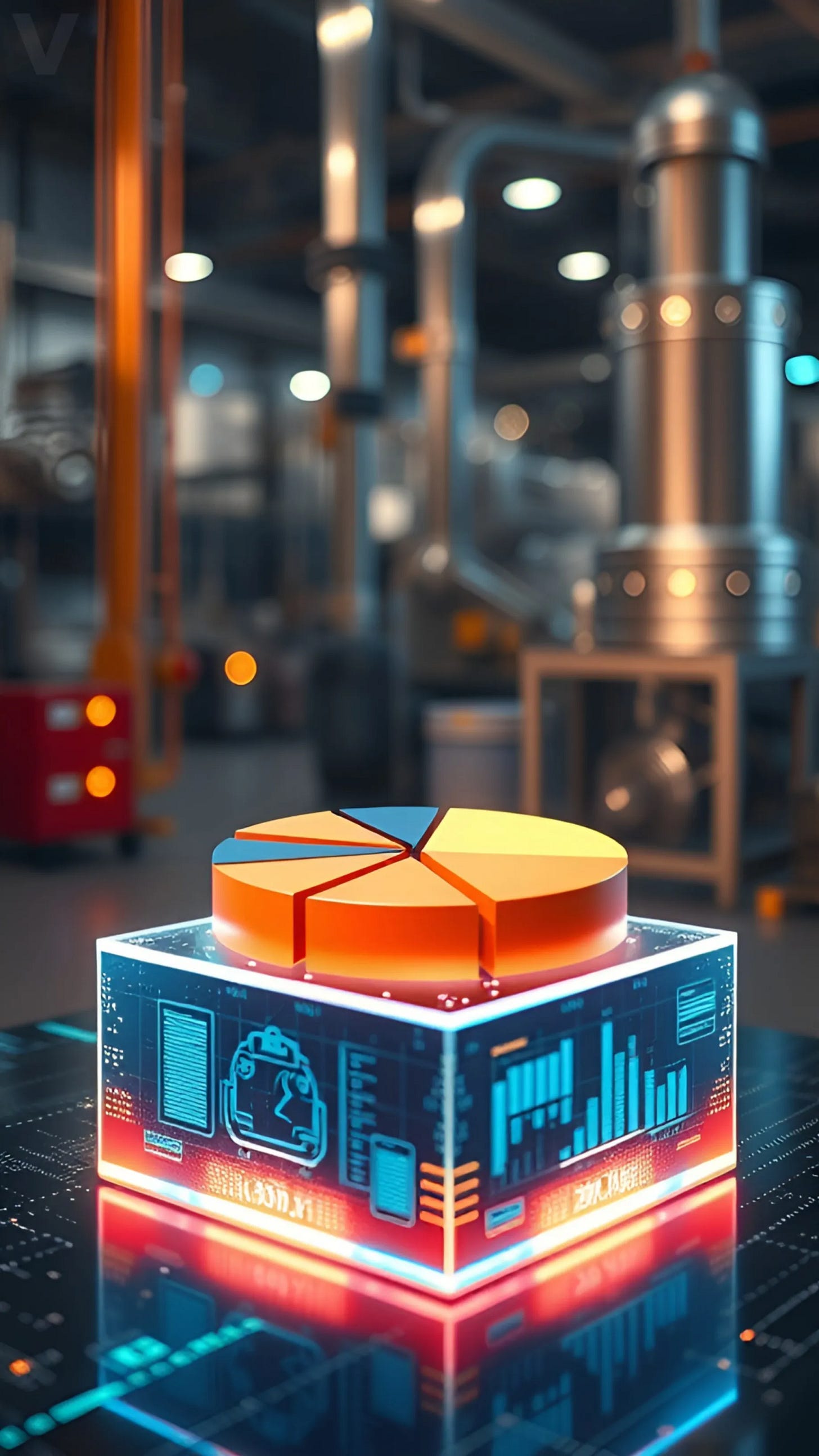Edge of the Future: How Real-Time Computing Is Rewiring Industry
The term “industrial revolution” has been tossed around so often, it’s almost lost its punch. But for factories, energy grids, and logistics hubs, something close to revolutionary is happening again—only this time, it’s not about steam or silicon. It’s about proximity. Edge computing is moving data processing closer to where it’s actually being generated, shedding the old model of shipping everything off to faraway data centers. And while this shift might sound like a technical tweak, it’s quietly turning entire operations upside down, for the better.

Machines That Think Fast Stay One Step Ahead
At the heart of edge computing is immediacy. Traditional systems lean heavily on centralized servers that create latency—just enough delay to hamper critical decision-making. With edge infrastructure, sensors and devices analyze data on-site, producing insights in real time. In industries where every second counts, like oil drilling or automated manufacturing, this near-instant feedback loop is a game-changer for safety, maintenance, and output precision.

Supply Chains Are Gaining Eyes, Ears, and Brains
Warehouses used to run on gut feeling and historical trends; today, they respond to actual conditions on the floor. Edge computing makes it possible for logistics firms to track everything from temperature fluctuations to equipment fatigue in the moment. When a refrigeration unit dips below threshold, or a package falls off its prescribed path, local systems can course-correct without waiting for cloud approval. That kind of autonomous decision-making transforms not just efficiency but also trust across complex supply webs.

Tougher Tech at the Source Means Smarter Decisions
Industrial PCs are becoming the nerve centers of edge computing by handling data right where it’s created—on the factory floor. These rugged machines process inputs in real time, trimming the lag that can cost manufacturers both time and money. Their ability to deliver immediate insights allows equipment and operators to respond faster, improving everything from quality control to safety. Investing in systems with durable construction, versatile connectivity, and multi-touch displays configured for harsh lighting unlocks even more potential across the many applications of Panel PC technology.

The Factory Floor Is Talking—and It’s Fluent in Data
Industrial operations often sit on islands of machinery that rarely share information effectively. Edge computing stitches those silos together by acting as a translator, converting raw machine chatter into coordinated intelligence. With localized processing, each component doesn’t just report issues—it helps forecast them, enabling predictive maintenance that cuts downtime. The result? A manufacturing environment that’s not just reactive but intuitively proactive.
Energy Infrastructure Is Getting a Smart Backbone
Electric grids are notoriously fragile, especially under the weight of increased demand and renewable integration. Edge devices now allow substations, wind farms, and solar arrays to analyze usage and environmental conditions locally. That shift lets utilities manage power flow more responsively, rerouting electricity before a problem escalates into an outage. It’s not just about efficiency—it’s about resilience in a climate of growing unpredictability.

Security Doesn’t Just Sit in the Cloud Anymore
As digital systems have expanded, so have the attack surfaces. Edge computing introduces an unexpected benefit by decentralizing those surfaces. Instead of funneling all data through a central point of vulnerability, edge networks spread out risk, limiting potential damage zones. Even more, they can detect anomalies right where they occur—making sabotage or system failure less likely to spiral into full-blown disaster.

Industrial Data Is Finally Getting Its Context
Information is only as useful as the context it’s processed in. Edge computing doesn’t just crunch numbers—it does so with local awareness. That means sensor data from a specific machine, in a specific climate, with a specific output history, gets interpreted with nuance. And when operations have that kind of layered understanding, they stop reacting and start anticipating, adjusting for both minute fluctuations and larger strategic shifts.
The transformation edge computing doesn’t come with dramatic fanfare or Hollywood visuals. But it’s happening behind the scenes, remaking how industries respond, adapt, and evolve. From real-time decisions on the factory floor to smarter energy routing and streamlined logistics, the shift isn’t just technical—it’s cultural. It brings intelligence closer to the action, where it can do the most good. For industries chasing speed, precision, and adaptability, the edge is no longer an add-on. It’s becoming the new center.



